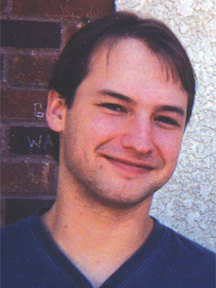Abstract
The purpose of my Schlanger Ocean Drilling Fellowship research is to apply a new method—developed by my colleagues and me—for determining microbe-mineral interactions deep in subsurface marine sediments. Microorganisms form selective patterns of colonization among mineral substrates as a result of differential attachment or in situ growth, with the mineral potentially serving as an important source of nutrients or energy-yielding reactants. Researchers are only just beginning to explore microbe mineral colonization patterns in deep subsurface marine sediments. Within the scope of this proposal, I will discern the potential for composition-dependent microbe mineral colonization in marine sediments in multiple localities spanning a range of surface water productivity and water depth conditions. I will separate discrete mineral fractions from bulk environmental samples for independent molecular characterization of associated microbial diversity. This approach should broadly characterize microbe mineral colonization patterns as a function of mineralogy, metabolism and nutrient availability in marine sediments.
Biography
I grew up in the Puget Sound region of Washington and developed an early interest in natural history from traveling around the state. I earned my bachelor’s degree in computer science and geology from Carleton College in Northfield, Minnesota, deciding early on that I preferred a career in the geosciences. My undergraduate research focused on igneous petrology, with fieldwork taking me back to my home state. However, a senior-year course in geomicrobiology turned my head and I’ve branched into that field during my graduate work at Caltech. My goal is to bridge the disciplines of geology, geochemistry and microbiology. My present research focuses on developing a better understanding of the impact of mineral association on microbial ecology and the consequences of microbial colonization for mineral stability.







